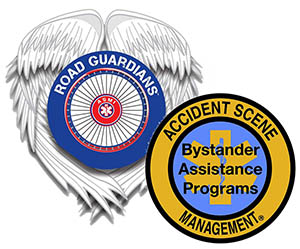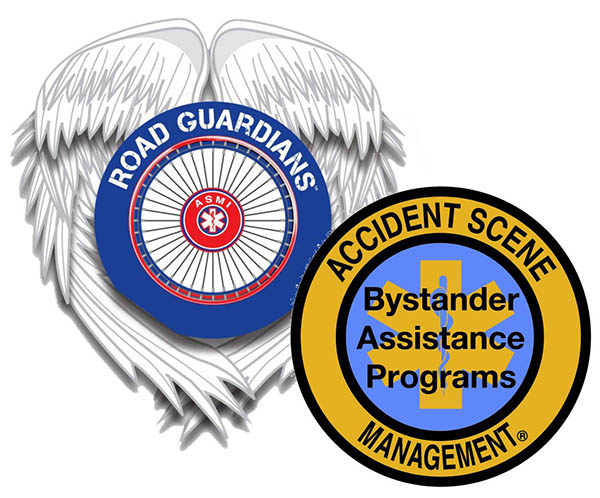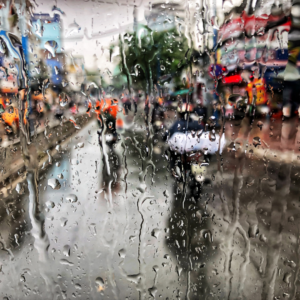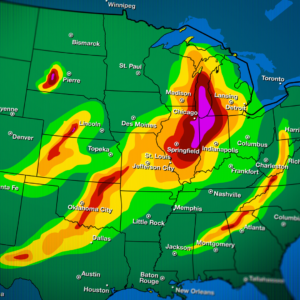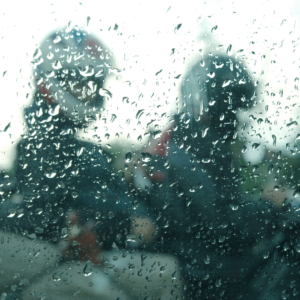You have 0 items in your cart

Riding a motorcycle is an exciting experience that offers a sense of freedom and adventure. However, when the rain starts pouring down, this thrilling activity can become challenging and potentially dangerous. Riding a motorcycle in the rain requires special skills, precautions, and heightened awareness.
When planning to ride, most try to avoid poor weather like rainy days, but sometimes you can’t avoid it and are going to have to ride in it. One of the best things you can do for yourself is check out the forecast for the day and along your route. You can get an idea of how hard and long it is supposed to rain. Light rain can be manageable, but heavy rain or lightning may be too dangerous and require you to stop.
One of the biggest challenges of riding in the rain is reduced visibility. Raindrops on the helmet visor can obstruct the rider’s view, making it difficult to see the road. To help this issue, you can apply anti-fog treatments or use helmets with built-in anti-fog visors. Additionally, wearing high-visibility gear, such as reflective clothing, can help other motorists see you more efficiently, reducing the risk of crashes. A few years ago in Wisconsin, a car hit a group of bikers parked under a bridge to escape the rain. Unfortunately, one of the bikers lost their life. The car’s driver said they couldn’t see them. If you have to stop, find a place where you will be visible and not hidden from view.
Another essential factor to consider when riding in the rain is the reduced traction on wet roads. Rainwater creates a thin layer of water on the road surface, making it slippery and increasing the risk of skidding or losing control. To maintain traction, you should reduce your speed and avoid sudden acceleration, braking, or sharp turns. It is also advisable to keep a safe distance from other vehicles to allow for ample reaction time. Braking and cornering require extra caution in wet conditions as well. The longer braking distances on wet roads necessitate applying the brakes earlier and with less force than in dry conditions. Gradually easing into corners and maintaining a steady speed can help prevent sliding or skidding. It is crucial to be aware of painted road markings, metal surfaces, and manhole covers, as these can become extremely slippery when wet.
Wearing appropriate protective gear is important when riding a motorcycle in the rain. A waterproof and breathable motorcycle jacket and pants can keep the rider dry and comfortable. Waterproof gloves and boots provide better grip and protect against cold and wet conditions. They ensure that all gear is properly fitted and in good condition for maximum protection, which is essential.
When riding in any weather condition, you should always be prepared with a trauma pack and Accident Scene Management training. These are the tools you hope to never need, but you are sure glad you have them just in case.
Riding in the rain can be both challenging and rewarding. By taking the necessary precautions and following the appropriate safety measures, riders can enjoy the thrill of riding while minimizing the risks associated with wet conditions. Ensuring proper visibility, maintaining traction, and adjusting braking and cornering techniques are essential for a safe and enjoyable ride. With the right mindset, skills, and gear, motorcycle enthusiasts can embrace the elements and experience the unique adventure of riding in the rain.
